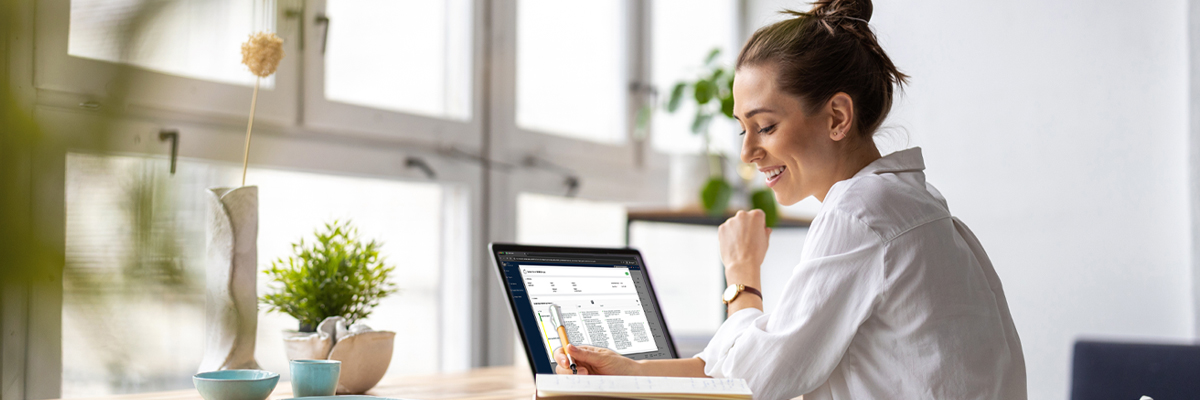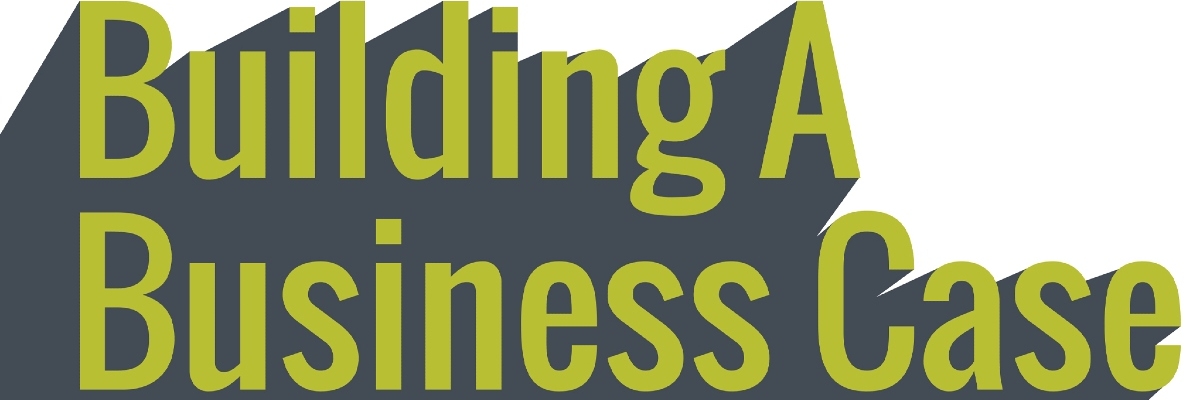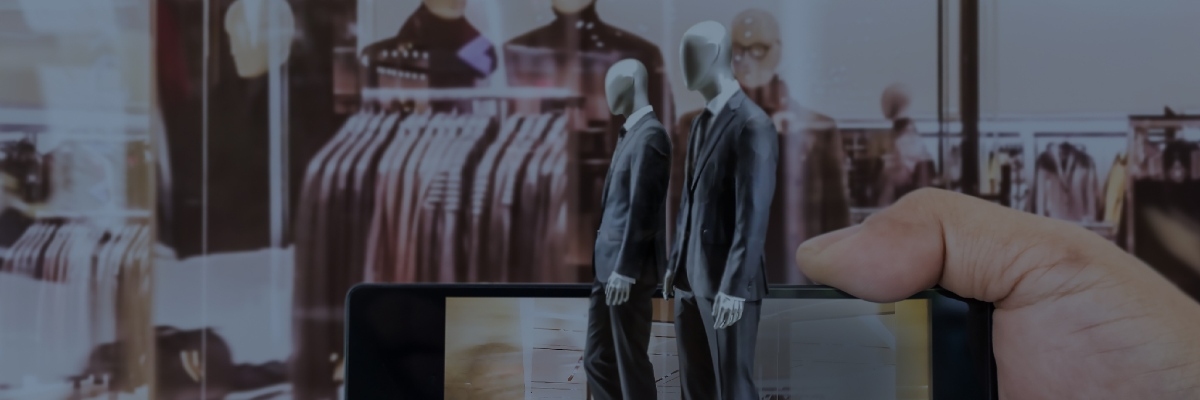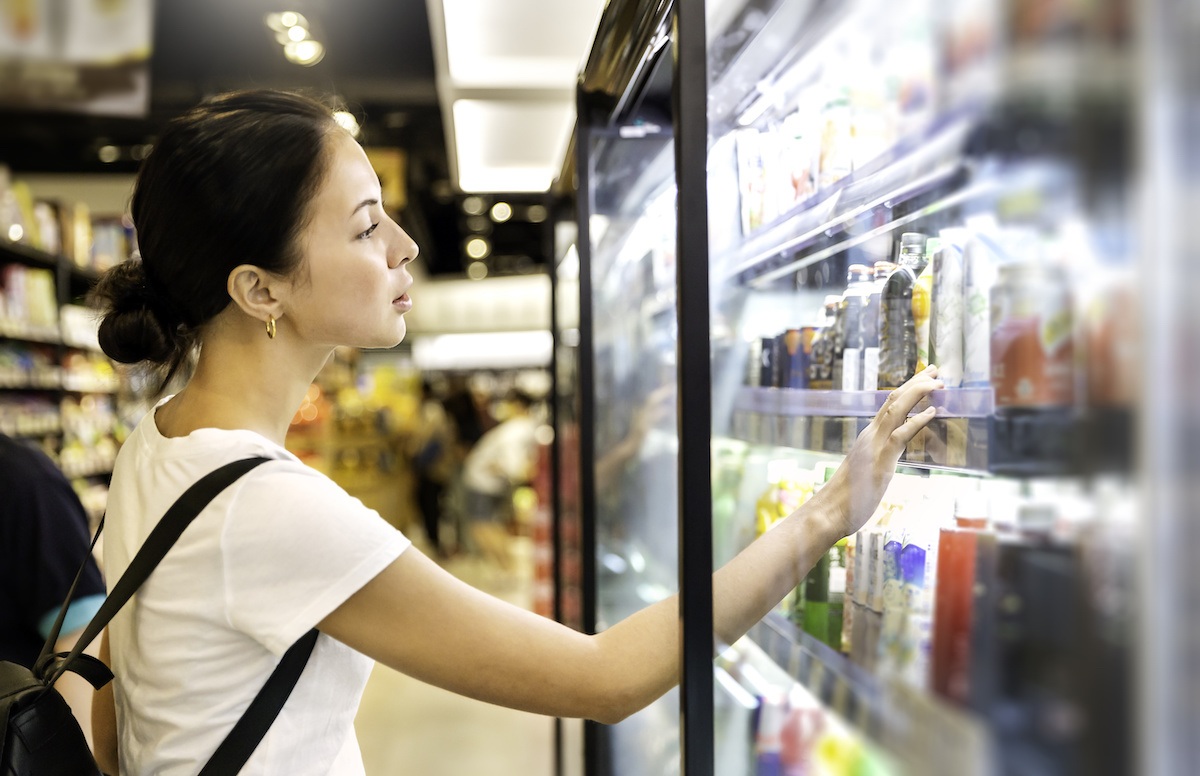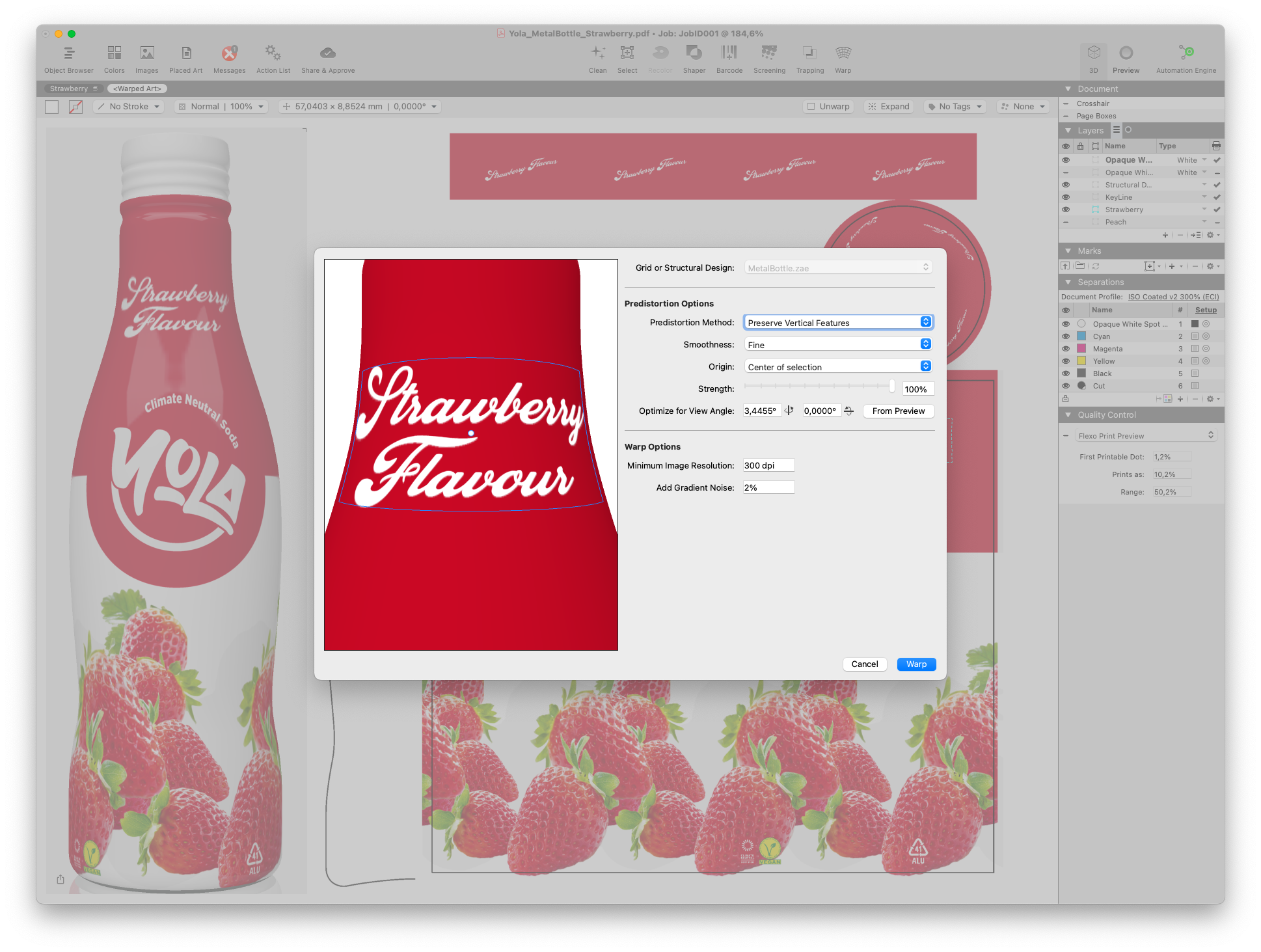With Covid-19 and the acceleration of e-commerce, retailers have a few new trends to consider as they design their products and more specifically, how they package them. We recently interviewed Gino Van Ossel, professor and retail expert from the Vlerick Business School in Belgium about the newest packaging trends specific to e-commerce retailers. Let’s take a look at what Gino had to say and dive into the newest trends.
E-Commerce Ready Packaging
Due to the pandemic, the rise of e-commerce has been accelerated by 4-6 years according to Forbes.
E-commerce retailers are reimagining the way they design their packaging using e-commerce ready packaging, which means the brand simply labels their package and uses secondary packaging that can withstand the conditions of shipping the product. “E-commerce ready packaging isn’t intended to sell products.”
Rather, as Gino explained, “… it is to unbox products, which is fundamentally different.”
Products sold in-stores need to have all the necessary information on the package so the consumer can pick it up and find the information they need to make the decision to purchase.
In e-commerce ready packaging, most of the information is provided or featured online so it’s not necessary to include it all on the physical packaging, since the consumer can’t pick up and examine the product.
In other words, businesses utilizing a direct to consumer model focus on e-commerce ready packaging. Their target market is consumers who will receive products directly from manufacturers, thereby eliminating third party distributors and physical stores.
When consumers buy multiple products via e-commerce, they may not be shipped individually. Rather, they are oftentimes shipped in a single box which, according to Gino, emphasizes the use of reusable as opposed to one-time or single use packaging.
As he went on to explain, e-commerce ready packaging calls for designs that are different than the traditional design for products sold in brick and mortar stores. Leaders using a direct to consumer model stand out from their competition by creating new, and more sustainable, package designs to entice and excite their customers when they receive the product.
Personalization
Who doesn’t love to see their name printed across their favorite products?
Brands want to treat people personally and differentiate themselves by creating personal connections between the consumer and the brand. For example, Nutella will personalize their products by printing people’s names on their labels.
Another example is Duvel, a brewery based in Belgium, that offers engraved beer glasses that come in boxes with varying types of Duvel beer. The box is neatly designed to reflect the originality of the product inside.
Innovative retailers incorporate their packaging into the emotional experience of the product, as Gino states, “The packaging should be part of the emotional experience. Excellent packaging supports the brand personality in a holistic manner: by its looks, its on-pack communication, by the convenience it offers when carrying, opening and using the product.”
Sustainable Packaging
Sustainability continues to rise in popularity with consumers. People care about where their products come from, how the workers who made them are treated, and specifically with respect to cosmetics, whether their development entailed the ethical treatment of animals. According to Gino, the emphasis of sustainability tends to be on the packaging, which is why retailers are shifting from plastic to paper, as paper cartons are inherently more sustainable because they can be reused and recycled.
Gino firmly believes the market will head in this direction. He gave the specific example of Barilla Pasta, which he explained is packaged in “carton boxes, with a little strip of plastic so you can look inside. I don’t think that will exist five years from now. It will be 100% recyclable, easy to use by the consumer…” This trend towards better sustainable packing “is going to be very clear.”
Frustration Free Packaging
No one goes out of their way to be frustrated, including when it comes to packaging.
Gino noted that “Frustration free means you start from the unboxing experience and end with the cradle to cradle concept that [the packaging is] easy to recycle and so on. This is a very clear trend, and we see that coming also to all other circumstances.”
According to Sustainability Guide, “Cradle to Cradle (C2C) is about seeing garbage as an eternal resource and doing the right thing from the beginning. It is about making community and product development function in the same way as a healthy ecological system where all resources are used effectively, and in a cyclical way…” With this idea of producing and designing products that are sustainable, this type of packaging is easy to unpack and satisfies consumers’ needs for both increased sustainability and convenience.
Examples of E-Commerce Retailers and Their Packaging
Pact Coffee is a subscription coffee service based in the U.K. What’s special about this company is their emphasis on not only the best coffee possible, but also the ethical treatment of farmers.
According to their website, they use a direct trade sourcing model rather than Fairtrade, believing Fairtrade doesn’t adequately cover the cost of coffee production. Their website highlights they have as few people as possible “getting a piece of the pie,” meaning they’ve eliminated distributors and sell directly to consumers.
They ship their coffee in flat packs that fit in the mailbox and are much cheaper to ship. The package was designed from scratch and meant to increase the convenience of home delivery.
Chewy is a pet delivery service with the mission of being “the most trusted and convenient online destination for pet parents (and partners), everywhere.” Similar to Pact Coffee, they interact and ship their pet products directly to consumers, including themed and personalized pet packs. By engaging in these practices, Chewy greatly enhances its connection with its consumers.
Wandering Bear Coffee is another coffee company with the ability to create a personalized coffee subscription and deliver it directly to the door.
Just as Pact focused on the ethical payment of farmers, Wandering Bear Coffee focuses on sustainability, with recycled packaging materials. They’ve eliminated plastic from single serve coffee caps, which are made out of sugarcane instead. Their packaging is specifically designed to be shipped online.
Packing It All Up
“Retailers and brands still think [brick and mortar] store first,” says Gino, which is a mindset both ineffective and non-sustainable in an online retail landscape continuing to evolve.
The e-commerce retailers are setting the trends, especially in the area of packaging, and the examples above demonstrate their willingness to have their brands meet their consumers’ needs with due regard for each new trend encountered.
When discussing the rise of e-commerce and e-commerce ready packaging, Gino opined, “Of course, digital has been transforming our world, our economy, and buying behavior at a very steep pace. But covid-19 has accelerated this digital revolution even further, as well as many other sometimes conflicting trends. The cocktail of speed, uncertainty and volatility shapes a future where success will need you to be agile and flexible…. And – of course – that also applies to everything related to packaging.” This is very good advice for a company wishing to succeed in today’s rocket-paced market.
Esko | Brand Solutions offers a fully integrated suite of software solutions to help companies manage their packaging process. From workflow and digital asset management to 3D design, Esko has you covered. Learn more and contact Esko today!


